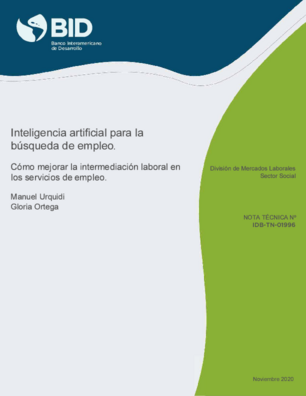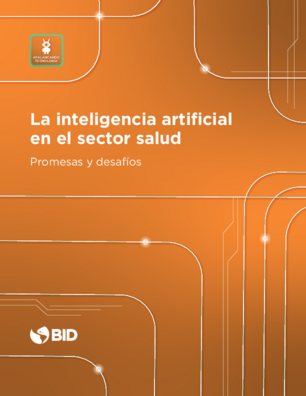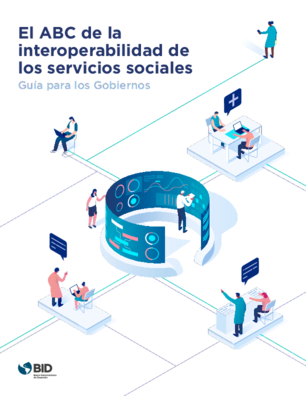Pilot
LAURA

In May 2010, a baby girl named LAURA Fressatto was born prematurely at a hospital in Curitiba. She remained in the neonatal ICU for 18 days but developed sepsis (a type of clinical deterioration) and could not survive. LAURA is an artificial intelligence platform for saving lives by evaluating a patient’s risk and managing processes. With a powerful AI cognitive robot able to compile and analyze large amounts of data, LAURA provides the most efficient way to identify patients with a clinical deterioration and notifies the health care team in real time. LAURA does this by “reading” medical care electronic records and using robust machine learning for the forecasting of results.
Description of the service
LAURA may predict a patient’s deterioration at a hospital based on Artificial Intelligence algorithms. The lack of early patient deterioration recognition is one of the main contributors to mortality. The LAURA data set already has over 2.5 million patients and this knowledge is used to train its Machine Learning algorithms. LAURA uses traditional machine learning as well as more advanced techniques based on deep learning. The main advantage of LAURA is that its inferences are based on a patient’s timeline, which means that his/her clinical file is analyzed to identify the risks.
The alert warnings provided by the LAURA Machine Learning algorithm are shown in a Control Panel that is available at the nursing unit of every hospital department. Using the ideas of collaborative games theory, all patients at risk are shown on this Panel and the healthcare team must work in collaboration to assist these patients. When an at-risk patient´s vital signs improve up to a secure level, they are no longer shown on the Panel. The medical care team works in cooperation to help and support all patients with risks identified by LAURA.
Objetivos del caso
Provide the most efficient way to identify patients with clinical deterioration and to notify the healthcare team in real time.
Problem that it solves
According to the Latin American Sepsis Institute (LASI), sepsis is responsible for 25% of ICU bed occupancy in Brazil. At present, sepsis is the main cause of death at the Intensive Care Units (ICU) and one of the major causes of hospital stay mortality. It is estimated that the disease kills about 230,000 Brazilians every year. The aim is to reduce deaths that could be avoided through an early intervention of over 200,000 patients a month with a health monitoring platform based on Artificial Intelligence.
Objetivo(s) de Desarrollo Sostenible a los cuales su solución de IA aporta
3 (health and well-being)
Geographic scope of operations
Brasil
Beneficiary or target population
2.5 million patients
Año en que empezaron a usar la IA
2016
Type of AI app used
Machine Learning Platforms, Decision Making, Deep Learning Platform, Natural Language Processing.
Hub
Sector
Health
Location
Brasil
Executing Entity
LAURA partners
State
Contact
It may interest you
How to Enhance Labor Intermediation in Public Employment Services



